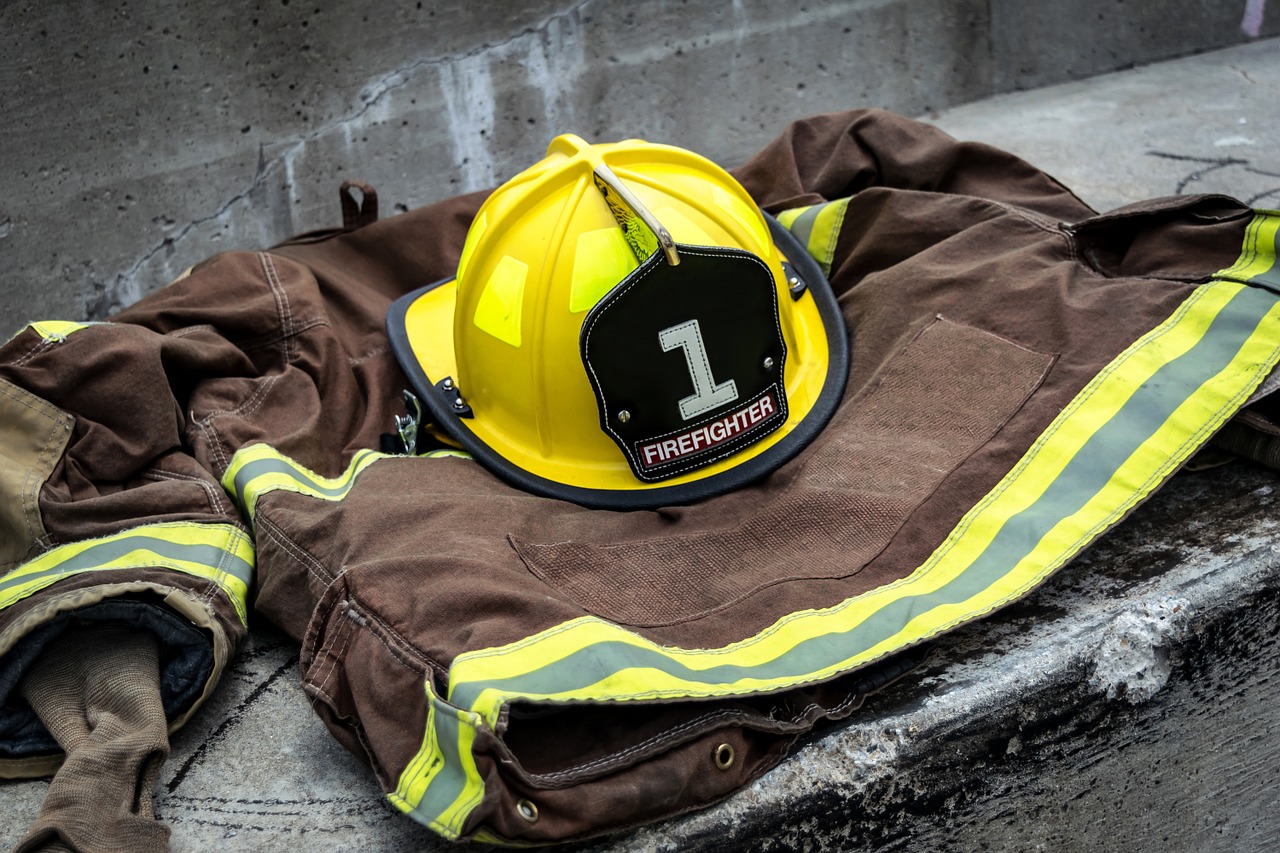NYC Fire Museum

Firefighters in America are always heroes. This profession is so adored by the people that firefighters even come to children’s schools to show them their miracle machines and tell them about their work. If you dreamed of being a firefighter as a child, or if your child dreams of this job – go to the New York City Fire Museum.
The museum is located in Lower Manhattan at 278 Spring St. It is housed in an old Beaux-Arts-style fire station built in 1904. There are about 10,000 exhibits related to firefighting, dating back to the 1650s. Admission to the museum is $8, children under two are free, children under five/students/elderly are $5.
The first “firefighters”
It was here that the first firefighting service in the United States – back in New Amsterdam. In 1648, the governor ordered the detachment of four stout men as “firefighters.” At that time in the city was a stone fort, everything else – wooden, including chimneys in houses with thatched roofs. In windy weather, the structures burned out one by one. Over the next ten years, the number of firefighters in the town of 1,300 people doubled. Soon there was even the first fire alarm. Patrolmen used wooden rattles – at the sound of these, townspeople would immediately grab leather buckets of water and run to their aid. No one could go to bed without putting three buckets of water on the doorstep.
Any non-drinking, able-bodied man under 42 years of age who was willing to go to work at night could become a firefighter. At the same time, firefighters were volunteers – the state paid them nothing. True, they were paid by private insurance companies. That is why often, when more than one group rushed at the call of the ratchet, a fight could start – that was how firemen found out who would extinguish the house and thus get the reward from the insurers. Often a structure was already burning down, and the volunteers were still waving their fists. It wasn’t until the late 19th century that the disparate fire departments were able to unite.
The oldest exhibit
You can learn about all of this at the fire department museum. Although the museum is not very big, there is a lot to see: paintings, cars, painted water buckets, hammers, hats, helmets, tools.
The most exciting thing is the old fire trucks.
The oldest exhibit in the museum is the Bolton Quickstep, a four-person double-drawn car. It is circa 1820. Water was poured into it by hand with buckets, and retrieved through a system of brakes and feed pistols.
Four-legged helpers
The main helpers of the firefighters of former centuries were horses. They carried everything from hoses and ladders to fire chiefs. The fire department’s first ambulance station in New York City was set up in 1906 just for horses.
In addition to horses, there were often dogs in the fire departments. They helped look for people in rubble, pulled them out, even took cats out of the fire. One such dog lived at Brooklyn Fire Department 203 for ten years. One day this dog was hit by a car. Unfortunately, her injuries were incompatible with life and she died. But the firefighters didn’t want to part with her and ordered a stuffed animal, which stood in the unit for a long time and then ended up in a museum.
9/11 firefighters
Of course, this museum could not do without the 9/11 exhibit. After the events of September 11, 2001, a permanent memorial was opened in the museum – the city’s fire department lost 343 employees that day. Here you can see photos of all the victims as well as videos of the World Trade Center firefighting and rescue efforts.
Museum for children
Little visitors will be able to try on firefighter uniforms and take pictures in them. Also, if you wish, you can take a lesson on fire behavior. There is a video room and a mock-up of an apartment with an artificial smoke machine and fire. And on the way out you will find a souvenir store with lots of products dedicated to firefighting. Here you can buy a helmet with a plastic radio and other attributes of firefighters. Or you can just buy souvenirs with fire symbols, from clothes for kids, to ties and dog leashes. Each year the museum is visited by about 40 thousand people, so do not doubt – it is worth your attention.
